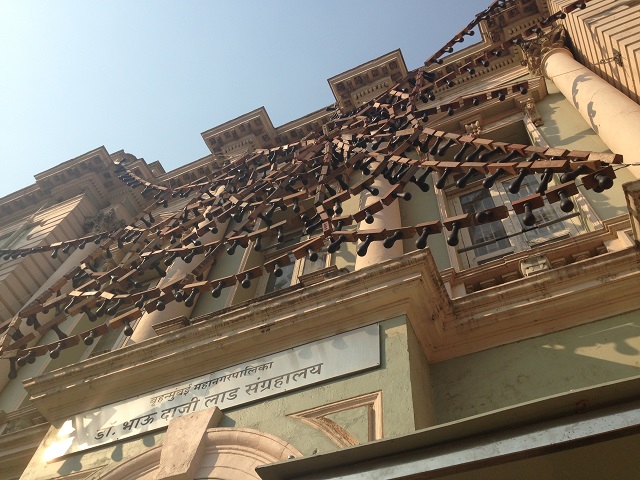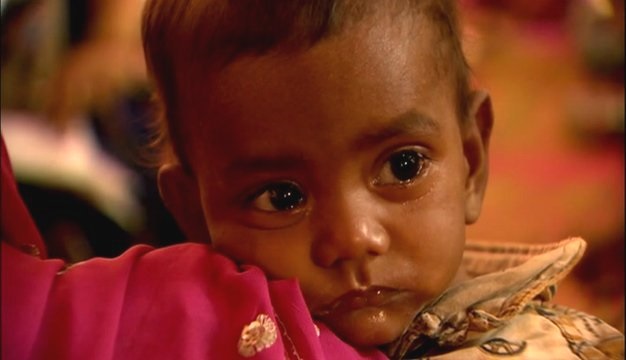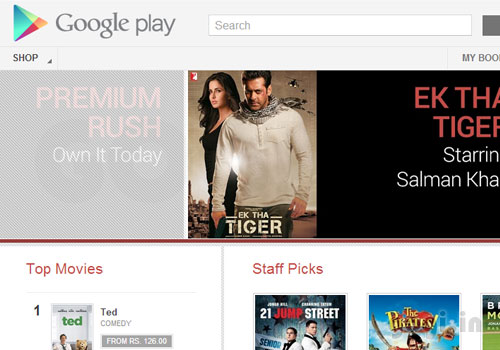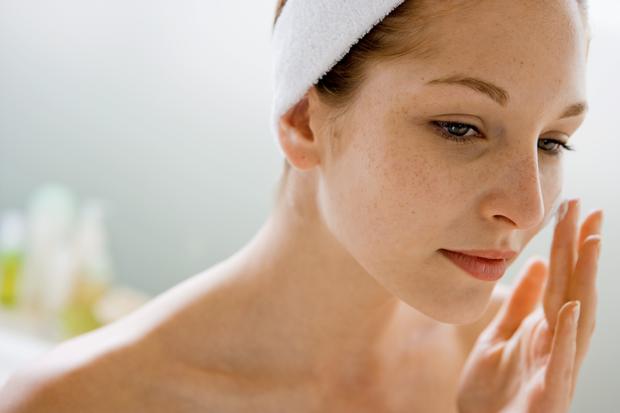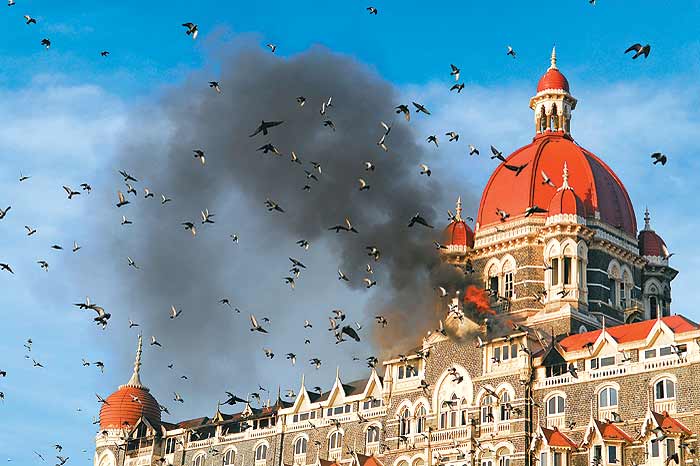With increasing heat and humidity, you’ll need to keep your face clean and fresh all day. Try these easy tips.
by Beverley Lewis
Ah, summer. A time for cold showers and water-rich foods. This is also the season when you need to keep your face fresh and cool – often, just having a clean, sweat-free face does wonders to get you through the day.
Try these tips for a fresh face all summer:
1. Get cleansed. Use a high quality cleanser to wash your face off sweat and grime. Make sure the cleanser is suited to your skin type. Try and wash your face twice a day to get rid of all impurities and keep the skin fresh. But ensure that the facewash you use does not contain any lauryl or laureth sulfates, as well as petroleum-based ingredients, as these tend to damage the skin due to the harsh chemicals in them.
2. Scrub it! Exfoliating skin helps remove dead skin cells and brings new skin cells to the surface. This helps keep the skin soft and gives you a glowing complexion. 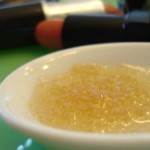
Make this simple scrub at home: You will need a tablespoon of sugar or salt, plus a tablespoon of almond or coconut oil. Mix this until you get a coarse paste. Add a few drops of your favourite essential oil to this mixture if you like a bit of fragrance. Use this scrub daily.
Or if you don’t have the time, simply use a natural bristle brush to get rid of dead skin on your body. Your skin will feel invigorated after you exfoliate and you will end up looking young and healthy. You can also buy readymade scrubs to suit your skin type.
3. Get toned. Use a good toner, as this will help close your pores and remove any excess cleanser and dirt and also help restore the skin’s natural pH balance. If your skin is oily, you’ll want to use an astringent as this helps get rid of the excess oil. For very dry skin, use rose water and witchhazel for oily or acne-prone skin. Using a toner or an astringent is an important step, as it helps prep the skin.
4. Moisturise. Make sure that the skin on your face and body is well-moisturised during summer, as air conditioning zaps moisture from your skin. Try and use a light water-based moisturiser and avoid thick body butters and creams, as they do not get absorbed into the skin and can lead to skin infections and breakouts.
If you want to go natural, apply grapeseed oil with a few drops of rose hip seed essential oil, as this is easily absorbed into the face and body and gives you a fresh, glowing complexion.
5. Back to nature. There’s so much fresh fruit available at this time of the year, and this is the ideal time to take advantage of all that Mother Nature has to offer our skin. Putting fresh fruits on the face and body helps revitalise it with vitamins and minerals. It is also a quick and easy fix.
If your skin is oily, grab a lemon or strawberry and apply some of the juice on your face and let it dry. Do this if you want a fresh dewy complexion.
For dry skin, mash a banana or avocado and let sit on your face for about 30 minutes and then wash it off. A face mask made from fresh cucumber is also great for any skin type and can help reduce red, puffy eyes.
6. Summer essentials. Whether you’re heading to the office or to the beach, you need to apply a good sunscreen with a sun protection factor (SPF) of 30 or higher. Make sure that the sunscreen you choose is labelled ‘broad spectrum’, which means it blocks both UVA and UVB sunlight.
 Always apply sunscreen before heading outside. Remember to cover often-forgotten spots such as the back of knees, ears, eye area and neck. Apply sunscreen 15 to 30 minutes before going outside. Then reapply every two hours, or sooner if you have been walking around in the sun, especially between 11 am to 4 pm. Also, remember that water-resistant sunscreen wears off sooner, so keep reapplying it every hour you spend outdoors.
Always apply sunscreen before heading outside. Remember to cover often-forgotten spots such as the back of knees, ears, eye area and neck. Apply sunscreen 15 to 30 minutes before going outside. Then reapply every two hours, or sooner if you have been walking around in the sun, especially between 11 am to 4 pm. Also, remember that water-resistant sunscreen wears off sooner, so keep reapplying it every hour you spend outdoors.
Clothing can also help. But forget about tossing on a flimsy white tee. A white T-shirt has limited protective value. If you can see through the tee, the sun can shine through and burn the skin. Dark, tight-woven clothing that covers all exposed skin is best. You can also buy clothing that is specially treated with chemicals that help protect against ultraviolet sunlight.
On a side note, if you do get sunburned, aloe very gel is a great way to treat the burn and heal the skin. You can also use a wide brim hat to protect your face and hair and a good pair of shades to protect your peepers.
7. Drink plenty of H20. This is extremely important. Your skin is a reflection of your state of health on the inside. Drinking lots of water flushes out toxins and helps keep the skin moist and hydrated. Also, in summer we tend to sweat more, so replenishing lost fluids is important. Make sure you drink filtered water. Tap/city water usually contains lots of added elements like chlorine and fluoride, plus heavy metals like lead or iron. The point is to get rid of toxins, not introduce more into your system.
So, although the summer might try to throw you and your skin a curveball, if you follow these few simple solutions you will look and feel great and have everyone complimenting you on your healthy glowing complexion.
Have a beauty question? Write to us at editor@themetrognome.in or tweet your query @MetrognomeIndia and Beverley will answer it for you.
(Pictures courtesy sibubeauty.com, elizadomestica.com, skincancer.org)
